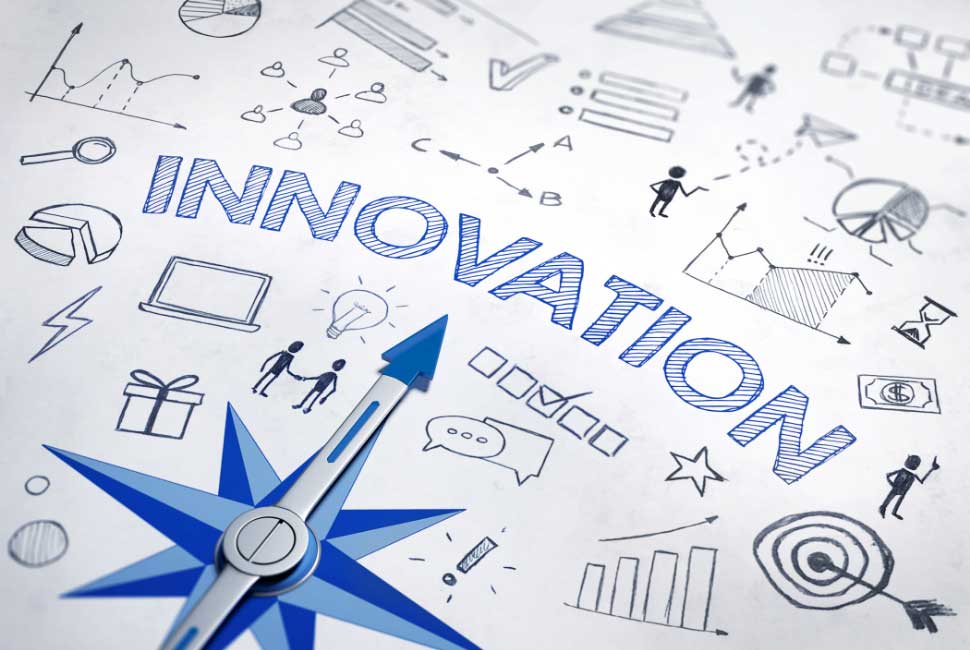Retailers innovate in different ways. There are customer-facing innovations, from augmented reality to in-store rock climbing to reimagining the checkout queue. But there are also innovations happening behind the scenes: Zara reimagining its supply chain to deliver on 6 week lead times; TJX partnering with major brands to drive manufacturing specifically for off-price retail.
Not all innovations succeed. Part of building an innovative culture is allowing room for failure. However, many innovative initiatives fail not because they were high-risk propositions, but because they were rolled out poorly. Innovation requires agility, but that’s not the same thing as diving in without the necessary preparation.
To give innovations the best possible chance of success, retailers must plan strategically and focus on a No Surprises approach to implementation. Whether it’s their organizations, partners and vendors, or their customers, it’s critical to prepare the parties who will be involved in and affected by innovation.
Preparing Customers for Innovation
In the 7 practices of highly innovative retailers, we outlined the mindset and actions necessary to embed innovation deep into a company’s DNA. Practice #1 is preparation: of organizations, customers, and partners/vendors.
Customers may be the most important—and certainly the most complex—group that a retailer needs to prepare. Unlike vendors, partners, and employees, you can’t send your customers through a training program to educate them about your newest innovation. Customers don’t want to be trained. They simply want a frictionless experience with retailers. If they don’t get it, they’ll take their business elsewhere.
If you want to prepare your customers to expect the unexpected, you need to be aware of the psychological and behavioral shifts that may need to occur. That begins with having a strong understanding of who your customers are and how they think.
Factors that Affect Innovation Preparation
If you’re targeting a Millennial audience, for example, you’re interacting with a customer base that expects and even craves innovation. You may be able to update the navigation on your website, add a contactless point of sale system, or change your store layout without confusing or alienating your customer base. Millennials are particularly savvy when it comes to technology upgrades and adaptations.
A brand that can easily innovate for a Millennial audience may struggle to implement the same initiatives for its older customers. Baby Boomers didn’t grow up with the rapid pace of technological change that Millennials are accustomed to. As a result, they may be slower to embrace new experiences or disruption of the status quo.
And it’s not just generations you need to consider, but age as well. If you’re targeting a Baby Boomer crowd, for example, you might need to use a slightly larger font size on your signage to ensure your customers can easily read it. There are dozens of similar considerations to take into account. Other demographics, consumer preferences, and even your customers’ values, all play a role in determining how to best prepare them for innovation.
When you roll out a new innovation, it’s crucial to create a highly intuitive experience—acknowledging that the definition of “highly intuitive” might differ for various segments of your customer base. In-store signage, advertising campaigns, email marketing, educational materials, and customer support are key elements to incorporate into your plan.
A Customized Approach to Preparation
The approach to preparing customers for innovation, and the level of investment retailers need to make, depends on a variety of factors. Where one brand may be able to offer customer support through a live chat platform, another might need a robust call center to personally answer customer questions.
The more disruptive an innovation is, the more preparation it probably requires. Amazon Go is a great example of innovation that requires customer preparedness. The idea of shopping without a checkout is so novel that customers have a hard time even wrapping their heads around the concept!
Your customer base and the nature of the innovation itself will inform your preparation strategies. Over time, you can build a reputation as an innovative brand, which will help your customers learn to expect the unexpected. But each innovation, and each rollout, is different. There’s no one-size-fits-all solution.
We’ll continue exploring the 7 practices of highly innovative retailers in future installments of this series. If you’d like to learn how Sophelle’s approach can help your brand become more innovative, let’s connect.
Want more innovation? Click here!




